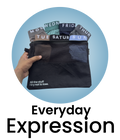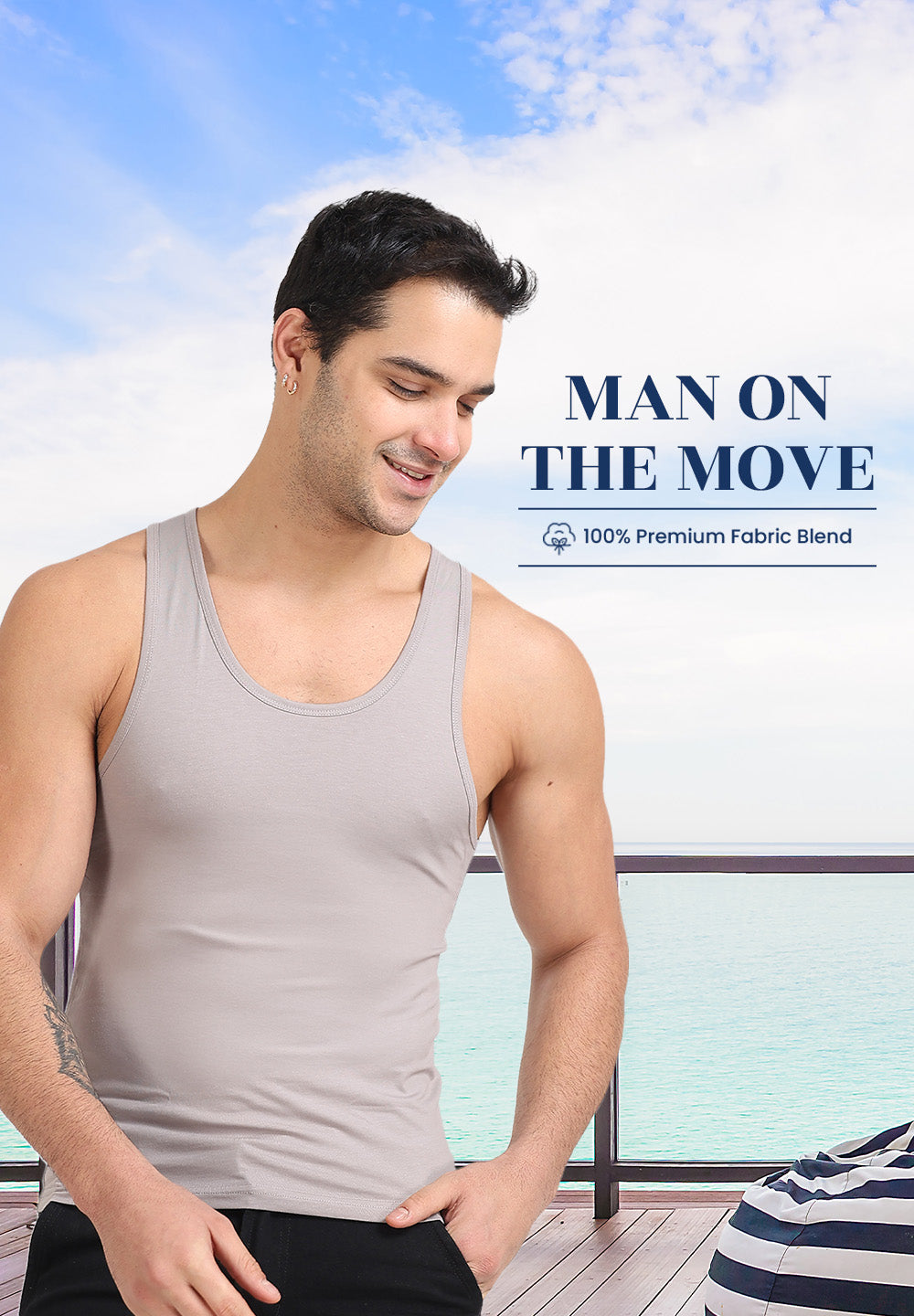Let's face it, underwear is often an afterthought. It shouldn't be. The global men's underwear market is booming, driven by a renewed focus on comfort and quality. But with so many options, how do you choose a pair that can withstand daily wear and tear while keeping you comfortable? We'll explore the key factors that differentiate a superior pair of cotton trunks, focusing on fabric quality, construction techniques. Design innovations that enhance both comfort and longevity. We'll examine different cotton types, like Pima and Supima. How weave affects breathability and durability. Get ready to upgrade your underwear drawer with informed choices.

The Enduring Appeal of Cotton: Why Choose Cotton Trunks?
Cotton, a natural fiber derived from the cotton plant, has been a staple in clothing manufacturing for centuries. Its popularity stems from its inherent properties, making it an ideal choice for garments worn close to the skin, particularly men's underwear. Cotton trunks, specifically, offer a blend of comfort, breathability. Durability that synthetic alternatives often struggle to match.
-
Comfort: Cotton fibers are soft and gentle against the skin, minimizing irritation and chafing. This is particularly essential in the intimate area, where sensitivity is heightened.
-
Breathability: Cotton's porous structure allows for excellent air circulation, wicking away moisture and keeping the wearer cool and dry. This breathability helps prevent the build-up of sweat and bacteria, reducing the risk of odor and skin infections.
-
Durability: While not as inherently strong as some synthetic fibers, cotton can be treated and woven to create durable fabrics that withstand regular washing and wear.
-
Hypoallergenic Properties: Cotton is naturally hypoallergenic, making it a suitable choice for individuals with sensitive skin or allergies.
Understanding Different Types of Cotton: A Fabric Deep Dive
Not all cotton is created equal. The quality and characteristics of cotton fabrics used in men's trunks can vary significantly depending on the type of cotton fiber, the weaving process. Any applied finishes.
-
Conventional Cotton: This is the most common type of cotton, grown using pesticides and fertilizers. While affordable, it may not be the most environmentally friendly choice.
-
Organic Cotton: Grown without the use of synthetic pesticides or fertilizers, organic cotton is a more sustainable option. It's also often softer and gentler on the skin, as it's less likely to contain chemical residues. Click here to explore sustainable clothing options.
-
Pima Cotton: A premium type of cotton known for its extra-long staple fibers. Pima cotton is exceptionally soft, strong. Resistant to pilling. It also holds its color well, even after repeated washing.
-
Egyptian Cotton: Similar to Pima cotton, Egyptian cotton also boasts extra-long staple fibers, resulting in a luxurious and durable fabric. It's often considered the gold standard of cotton.
-
Combed Cotton: This process removes short fibers and impurities from the cotton, resulting in a smoother, stronger. More consistent yarn. Combed cotton fabrics are less likely to pill and offer enhanced comfort.
Weaving and Knitting Techniques: Shaping the Fabric's Performance
The way cotton fibers are woven or knitted together significantly affects the fabric's texture, stretch. Overall performance.
-
Knit Fabrics: Knit fabrics are created by interlocking loops of yarn. They tend to be more stretchy and breathable than woven fabrics, making them a popular choice for underwear. Common knit types include jersey, rib knit. Interlock knit.
-
Woven Fabrics: Woven fabrics are created by interlacing two or more sets of yarns at right angles. They are generally more durable and less stretchy than knit fabrics. Examples include plain weave, twill weave. Sateen weave. While less common for everyday underwear, woven cotton trunks may be preferred for their structure and durability in certain applications.
Cotton vs. Synthetic Fabrics: A Comparative Analysis
Cotton trunks face competition from various synthetic fabrics, each with its own set of advantages and disadvantages. Understanding these differences is crucial for making informed purchasing decisions.
|
Feature |
Cotton |
Synthetic (e. G. , Polyester, Modal, Lycra) |
|
Breathability |
Excellent |
Varies; some are breathable, others less so |
|
Comfort |
Generally very comfortable, especially softer varieties |
Can be comfortable. Some synthetics may feel less natural |
|
Moisture Wicking |
Good. Can retain moisture |
Often excellent at wicking moisture away |
|
Durability |
Good. Can shrink or fade over time |
Generally very durable and resistant to shrinking or fading |
|
Cost |
Varies. Generally more affordable than premium synthetics |
Varies widely depending on the type of synthetic |
|
Environmental Impact |
Conventional cotton can have a significant environmental impact; organic cotton is a more sustainable option |
Synthetics are often derived from petroleum and can contribute to pollution |
Real-World Applications and Considerations
The choice of cotton trunks ultimately depends on individual needs and preferences. Consider the following factors when selecting cotton trunks:
-
Activity Level: For high-intensity activities, moisture-wicking synthetic blends may be preferable to cotton. But, for everyday wear and low-impact activities, cotton offers superior comfort and breathability.
-
Climate: In hot and humid climates, cotton's breathability is a major advantage. In colder climates, cotton can provide warmth and insulation.
-
Skin Sensitivity: Individuals with sensitive skin or allergies should opt for organic or Pima cotton, as these are less likely to cause irritation.
-
Personal Preference: Ultimately, the best type of underwear is the one that feels most comfortable and provides the desired level of support and coverage.
Caring for Your Cotton Trunks: Longevity and Maintenance
Proper care is essential for maximizing the lifespan and performance of your cotton trunks. Follow these guidelines to keep them looking and feeling their best:
-
Washing: Machine wash in cold or warm water with a mild detergent. Avoid using harsh chemicals or bleach, as these can damage the fibers and cause fading.
-
Drying: Tumble dry on low heat or hang to dry. Overdrying can cause shrinkage and damage the fabric.
-
Ironing: If desired, iron on a low setting.
-
Storage: Store in a cool, dry place away from direct sunlight.
Conclusion
Let's face it, underwear isn't the most glamorous topic. Prioritizing comfort and durability in your daily wear can significantly impact your overall well-being. We've established that men's cotton trunks are a smart choice, offering breathability and resilience often lacking in synthetic alternatives. Approach 2: 'The Implementation Guide' To maximize the benefits, remember these practical tips. Firstly, invest in quality cotton – look for long-staple varieties like Pima or Egyptian cotton for enhanced softness and longevity. Secondly, pay attention to the waistband; a comfortable, non-binding band is crucial for all-day wear. Finally, consider the fit; trunks should offer support without feeling restrictive. Your action item? Evaluate your current underwear drawer. Discard anything that's worn out, uncomfortable, or ill-fitting. Replace it with a selection of well-made cotton trunks. Measure your success by increased comfort levels, reduced skin irritation. The sheer longevity of your new underwear. These aren't just undergarments; they are investments in your daily comfort and confidence. Start today and feel the difference.
FAQs
Okay, so what's the big deal with cotton trunks anyway? Why should I choose them?
Good question! Cotton trunks are all about comfort and breathability. Think of it like this: your skin can breathe easily, which means less sweat and irritation. Plus, good quality cotton is surprisingly durable, so they'll hold up wash after wash.
Will they shrink in the wash? That's always my worry with cotton.
Ah, the dreaded shrinkage! It's a valid concern. Look for pre-shrunk cotton. Always wash them in cold water and tumble dry on low (or even better, air dry them). That'll minimize any shrinkage surprises.
Are cotton trunks good for working out? I sweat a lot.
For light workouts, they can be fine. But if you're doing something super intense and sweaty, you might want to consider moisture-wicking fabrics like synthetics. Cotton absorbs sweat, which can get a little uncomfortable during heavy exercise. For everyday wear and less strenuous activities, though, cotton is great!
What kind of cotton should I be looking for? Are there different types?
You bet! Look for terms like 'long-staple cotton' (like Pima or Egyptian cotton) - these are softer and more durable than regular cotton. They're a bit pricier. The quality difference is noticeable. Also, organic cotton is a good choice if you're environmentally conscious.
How often should I replace my cotton trunks?
That depends on how often you wear them and how well you care for them! But generally, if you start noticing the elastic wearing out, holes developing, or the fabric becoming thin, it's time for a refresh. Think of it like this: underwear has a lifespan. Replacing them regularly is just good hygiene.
Do cotton trunks ride up? I hate that!
Some can, unfortunately. Look for trunks with a good, snug (but not too tight!) fit around the legs. Also, a contoured pouch can help keep things in place and minimize ride-up. Reading reviews can give you a heads-up on whether a particular brand tends to ride up or not.
Are there any downsides to cotton trunks?
Well, they can take a bit longer to dry than synthetic materials. And like we mentioned earlier, they aren't the best for super sweaty workouts. But for everyday comfort and breathability, cotton is hard to beat!






